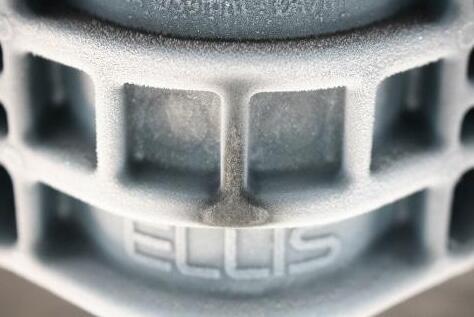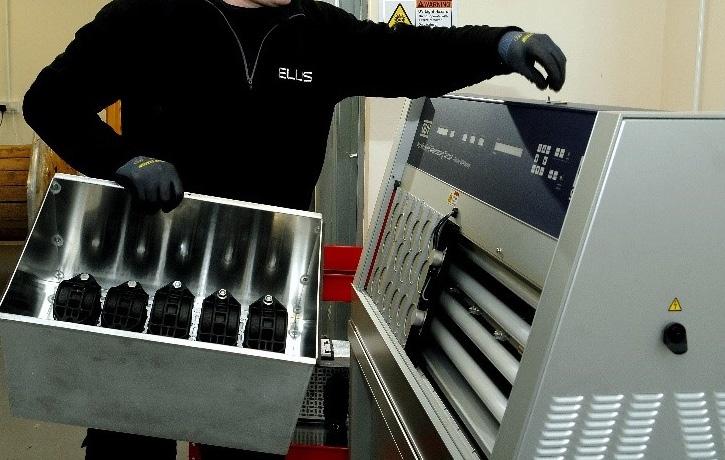
1 minute read
3. UV RESISTANCE
Composite and non-metallic type cleats are subject to UV resistance testing. Samples are exposed to a minimum of 700 hours of ‘Xenon-arc’ UV light in accordance with ISO 48922:2006. Products are deemed to have passed if they show no signs of cracking or degradation to normal vision and pass the requirements of the impact test.
Cleats deemed as being UV resistant are certified only to the requirements of IEC 61914 and as such their classification may not extend to harsher criteria (e.g. desert installation). Ellis have UV testing capabilities in house and can test conditions which are more onerous than detailed in IEC 61914.
Advertisement
4. CORROSION RESISTANCE:
Metallic or composite type cleats are subject to corrosion resistance testing. Any metal components that are non-ferrous (e.g. aluminium) or are ferrous but contain more than 16% chromium (e.g. 316L stainless steel) need not be tested and are assumed to meet the classification for high resistance to corrosion. Any metallic components that do not meet this criteria are subject to a minimum of 192 hours of salt spray according to ISO9227 (for ‘high corrosion classification’). After the exposure the cleats are visually checked and deemed to have passed if ‘no red rust visible to normal or corrected vision.’
Similar to the UV test data the classification of ‘high corrosion resistance’ is limited to the criteria of the standard and therefore for applications in harsh environments contact Ellis for guidance.

IN ADDITION TO THE CORROSION TESTING TO IEC 61914 ELLIS CARRIES OUT EXTENDED TESTING ON ITS OUTDOOR WEATHERING STATION.










